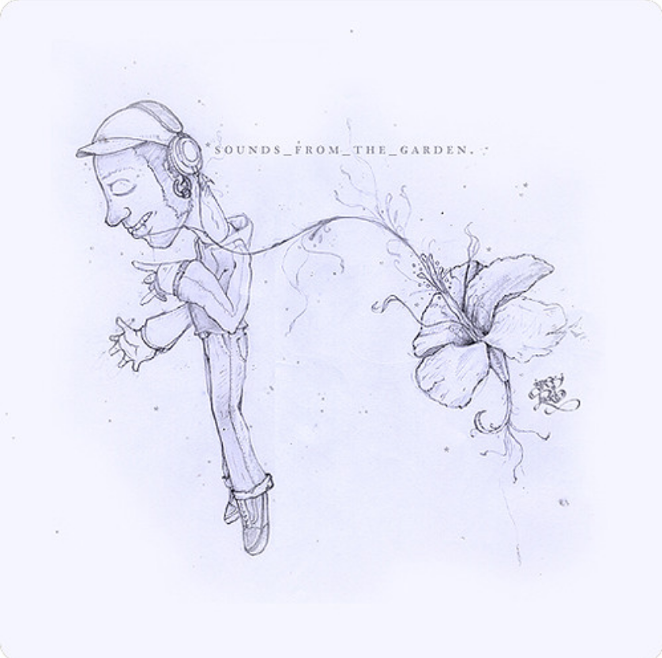Seminar Blogs
“Locally-Sourced, Organic Music” – Hannah Harder
Manuela Infante refers to her play, Estado Vegetal, as performing plant-thinking through polyphonic aesthetics. Being a musician, Infante stresses the importance of rhythmic dialogue as a marker of the plantedness. I am caught on the audibility of plant aesthetics. It is easy to visualize a plant’s physicality, as one can conjure images of roots and meandering plant structures. But how can we tune our musically biased ears to plant logic? The play seems to engender an embodied understanding; the body feels the rhythmic flow first as the narrative trails behind. The play forces audiences to be with the winding and adjunct iterations of the dialogue, accepting all its diversions. While the piece is plant-centric, it is the aural textures that impact the human sensibilities and invites this perspective. The rhythmic and musical form heard in the monologues, and creative use of the looping pedal, creates its own universe of nested structures. There is not a linear path to development and conclusion, but rather incessant declamations that develop organically, winding whichever way they choose. It reminds me most of free jazz or experimental sound art, as listeners move through patterns and textures, rather than through a hierarchically ordered narrative.

The famous American jazz musician, Ornette Coleman, pioneered a musical ethos that highlighted an individual’s capacity for music-making on an intimate level. It strikes me as a sort of meta-music that exists in all people. His musical manifesto urges that everyone has a melody inside them that must be let out (Coleman 1983). Combining individual melodies, as one can imagine, would create a rather unique harmony. Within the western musicological binary of consonant and dissonant sonorities, a polyphonic performance of disparate melodies would result in an unacceptable cacophony of sound. It may not be consonant or theoretically acceptable, but new relations and affectual possibilities emerge in embracing the new combinations. After all, sound is ultimately democratic. Like plants, sound grows within time, unfurling in indiscriminate assemblages. Coleman has even stated his goal is to “remove the caste system from sound” (Purcell 2007). The legacy of western music, after all, has subscribed a hierarchy to sound that favors a linear progression and disciplines any deviation. Plant structures modulate in the way that unrestrained harmolodics emerge. It is different from the hierarchical organization of the orchestra, the musical score, or the human body. Thinking on the aesthetic of plants reveals the limiting confines of cultural aesthetics. If every plant has roots to unfurl and diverge at will, then every body has a rhythm and melody that must resonate alongside the diversity of existing melodies. Sound, in its diverse plantedness, is a polyphonous orchestra that may overwhelm sensibilities. But, if we let ourselves flow with the rhythms and melodies, we can free our bodies to be more in tune with the variety of personal and environmental sonorities that are at play.
References
- Purcell, Andrew. 2007. “Free Radical.” The Guardian, June 29, 2007. http://www.theguardian.com/music/2007/jun/29/jazz.urban.
- Coleman, Ornette. 1983. “The Harmolodic Manifesto | WCBN-FM.” http://www.wcbn.org/content/harmolodic-manifesto.
*Image credits: sounds_from_the_garden by ignasi tudela

